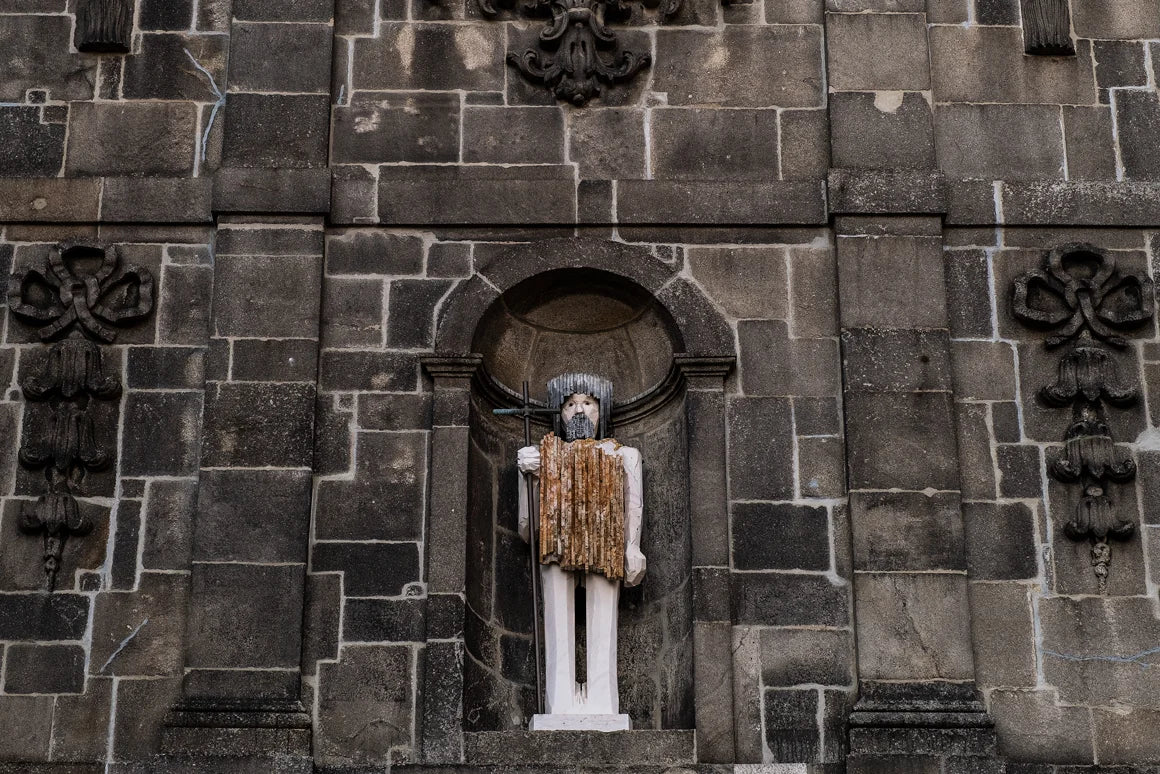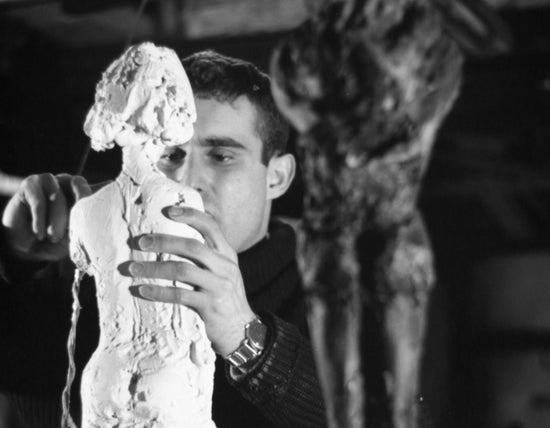
The Childhood and Adolescence of João Cutileiro
the portuguese artistJoão Pires Cutileiro was born in Lisbon on the 26th of June 1937, having been raised in an anti-fascist environment since he was young. It is said that his childhood and adolescence were happy, and filled with constant travel, because of his father's profession, a doctor belonging to the World Health Organization. In 1941, at just four years old, João Cutileiro went to the Azores for two years with his family.
In Lisbon, the family João Cutileiro he lived in a house frequented by most of the personalities who shaped the Portuguese intellectual scene at the time: Celestino da Costa, Estrela Faria, Vieira da Silva, Abel Manta, Avelino Cunhal, Lopes Graça, António Pedro, among others. It was through these gatherings that António Pedro, in 1946, invited João Cutileiro to start designing in your studio. During this experience, which lasted two years, the sculptor took the opportunity to contact artists, sculptors and critics interested in Surrealism.
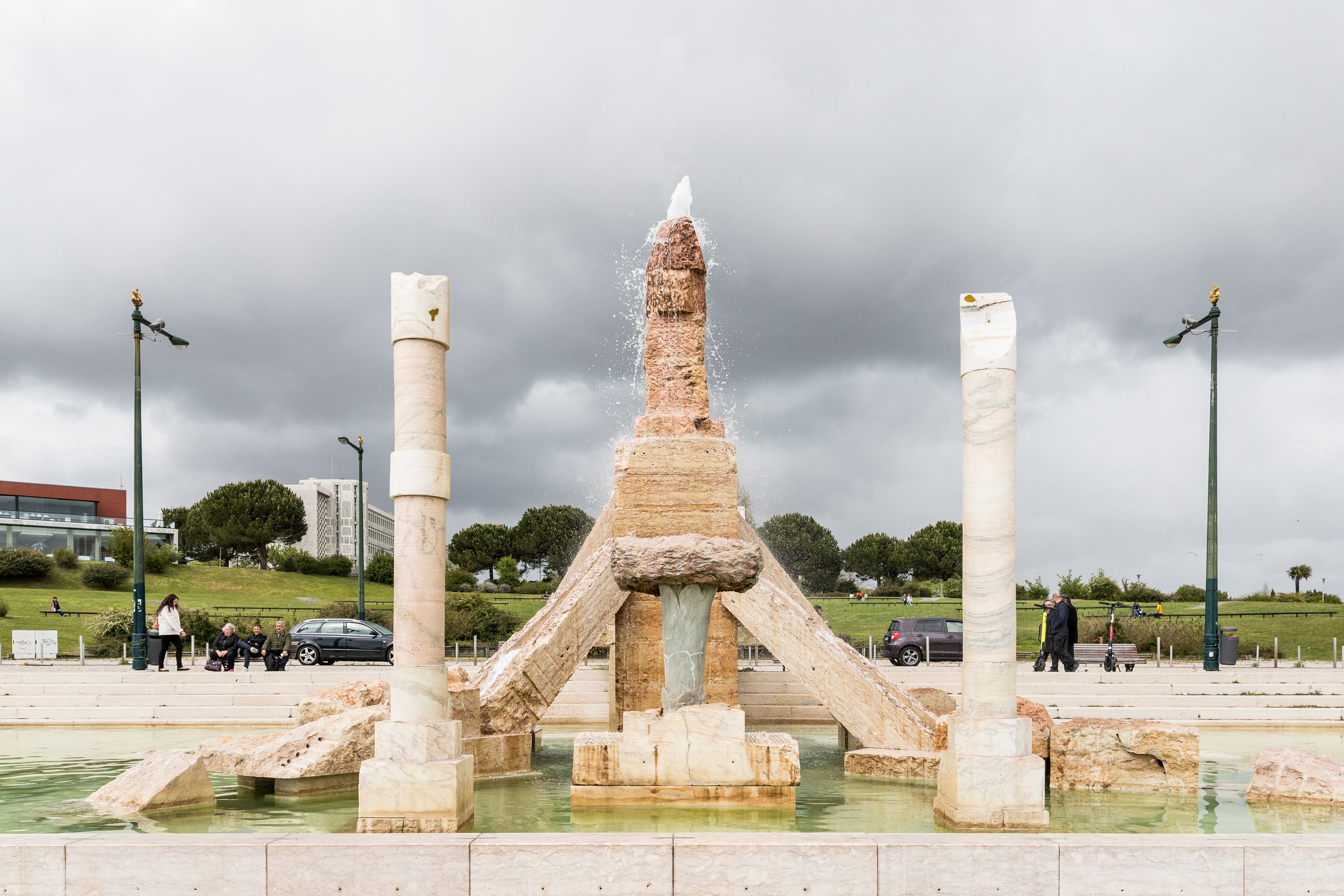
Between 1949 and 1951, JoãoCutler frequented Jorge Barradas' studio, where he modeled, painted and executed ceramic glazes. However, he got fed up with this experience, and ended up moving to António Duarte's atelier, where he spent the next two years as a volunteer assistant on a construction site. It was in this period that he began to explore the stone. At just fourteen years old, in 1951, João Cutileiro have their first individual exhibition, held in Reguengos de Monsaraz (Alto Alentejo).João Cutileiro studied at Colégio Valsassina high school and later joined MUD JUVENIL.
In 1951, he went to Kabul (Afghanistan), to visit his father and on the way he passed through Florence, where he saw the works of Michelangelo. He stated that it was a vision that he never forgot and that made him more certain that he wanted to focus on Sculpture. When he returned from Kabul, he enrolled at the Lisbon Superior School of Fine Arts (ESBAL). However, during the two years he attended the course, he realized that in Portugal only bronze would be the only material considered "worthy" for sculpture. "There was no room for creativity and experimentation, which so characterize his artistic personality. Feeling constrained by the Portuguese mentality, João Cutileiro decides to leave the country."
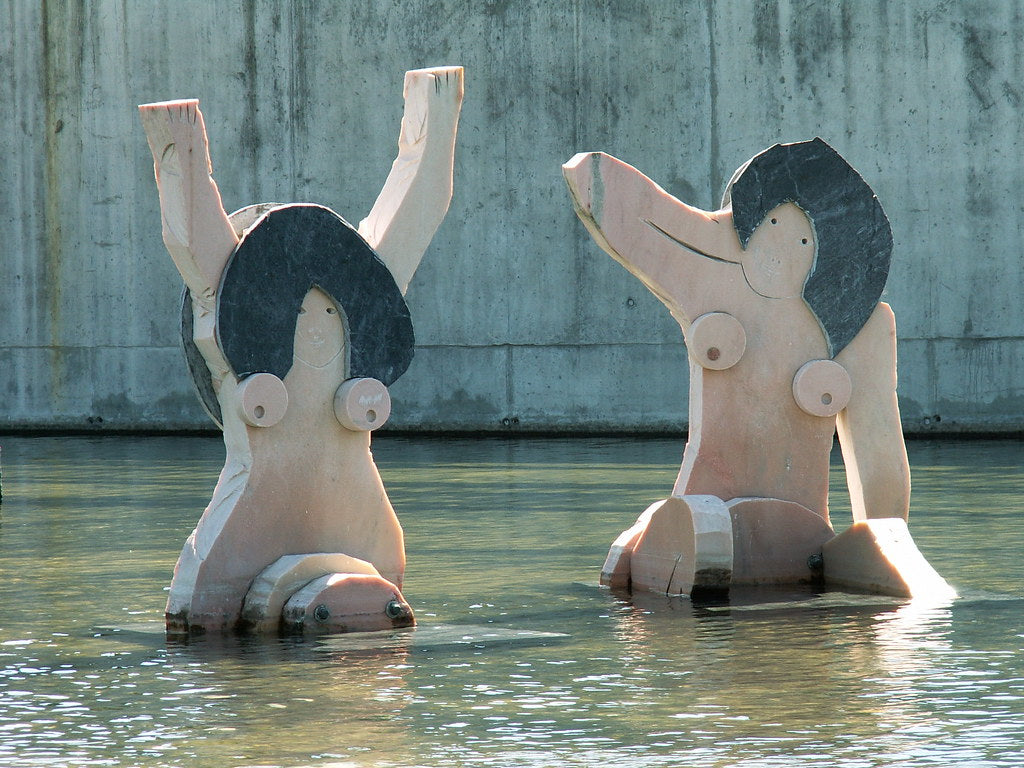
The Influence of João Cutileiro in Portuguese sculpture
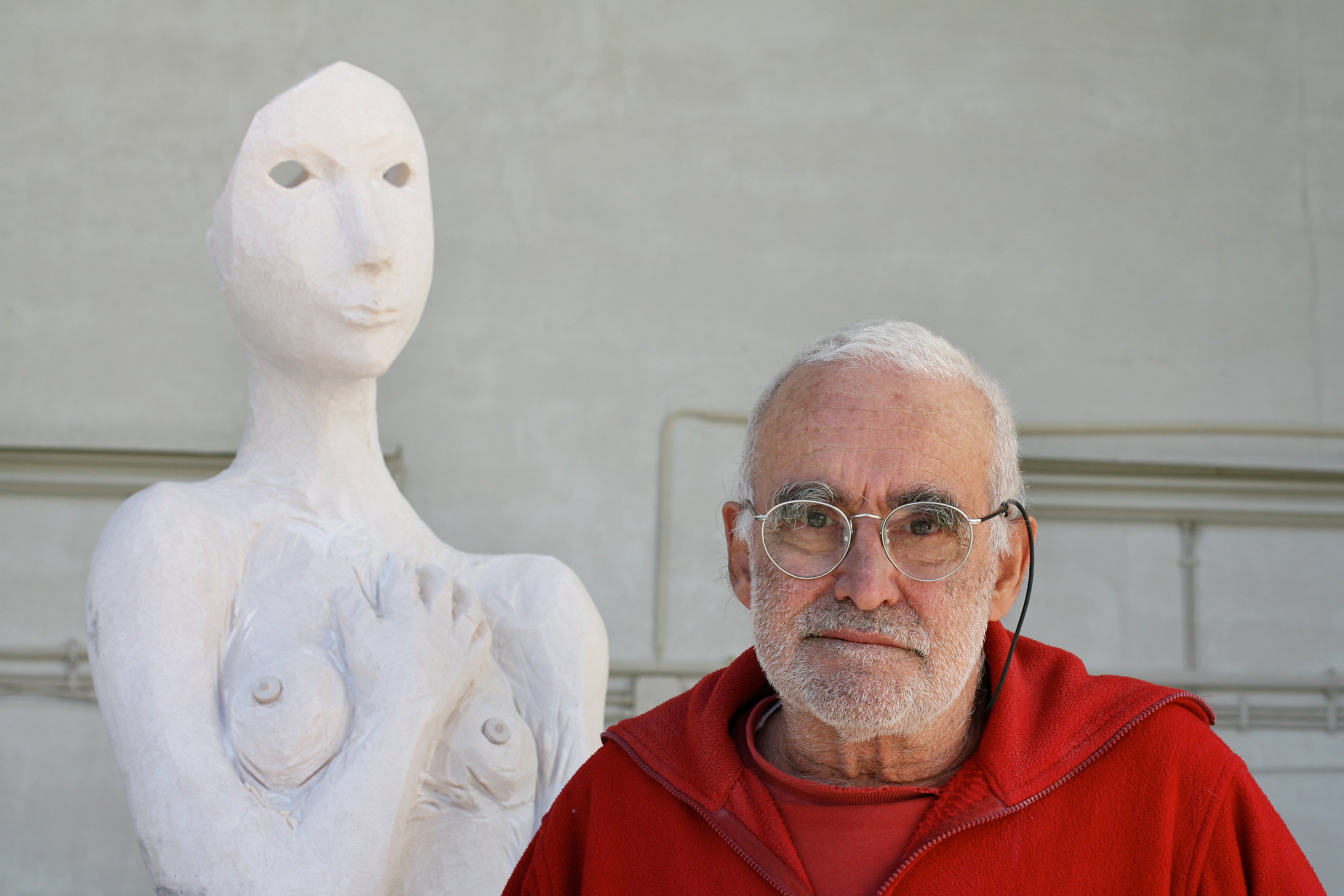
The Return to Portugal
When he performed "D.Sebastião", João Cutileiro received fierce criticism and rave reviews. Praise arose for the fact that the Portuguese artist ended up with the academic sculpture of the Estado Novo. By provocation, he declared that "he had abandoned artistic creation to become a maker of decorative objects for the intellectual bourgeoisie of the West". According to the artist himself, all art has a decorative function, therefore, all sculptors are manufacturers of decorative objects.In 1971, the sculptor won an honorable mention at the Soquil Prize in Lisbon. In 1976 and 1977, his sculptures and mosaics were presented in Wuppertal, Germany. Exhibitions followed in Évora (1979, 1980 and 1981) and in Dortmund, Germany, in 1980. This year would also be marked by an exhibition in Washington (USA) and another at the National Society of Fine Arts (Lisbon). In 1981, Cutileiro participated in the Stone Sculpture Symposium (held in Évora) and in an exhibition held at the Jones Gallery, in New York.
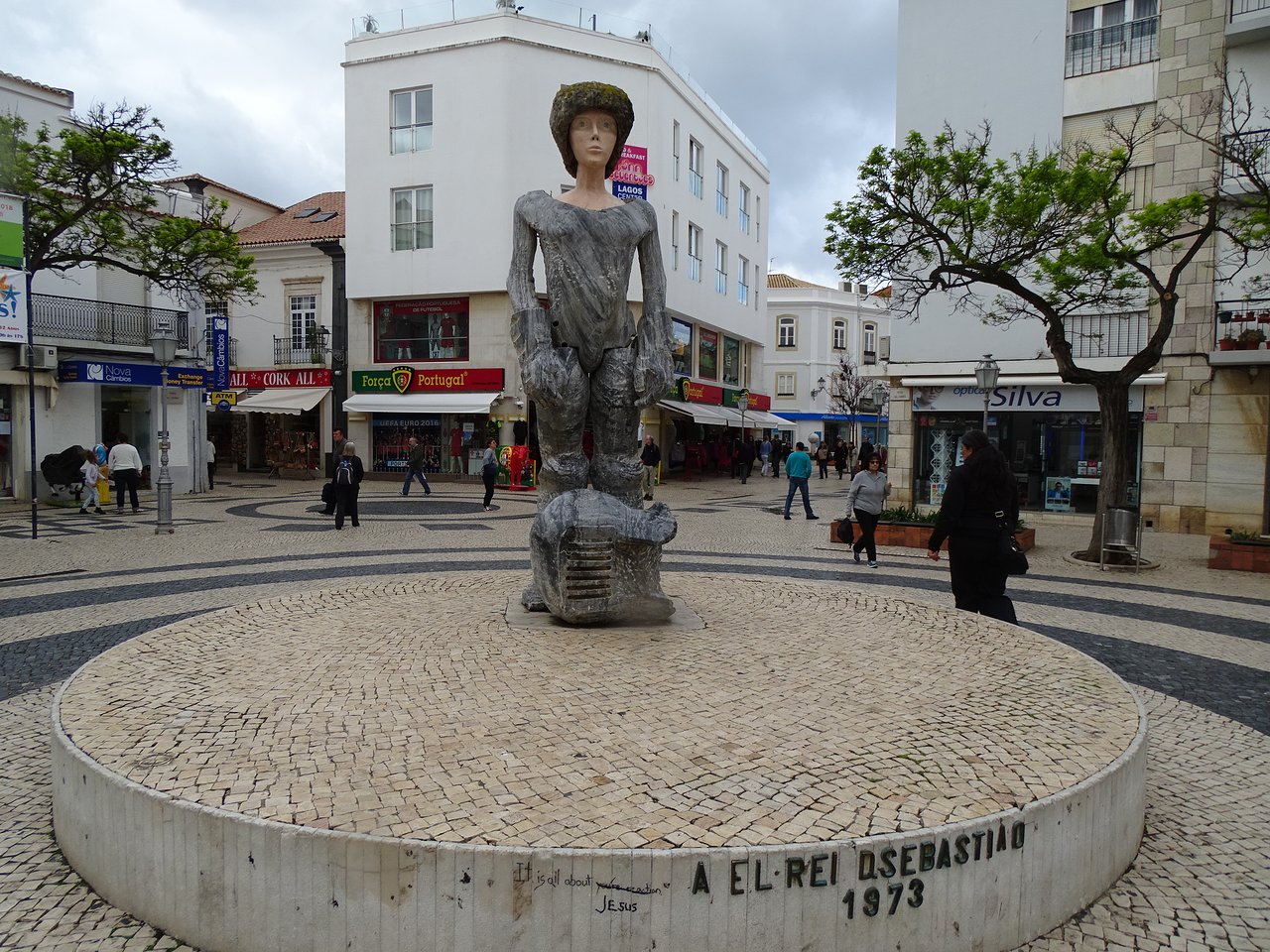
João Cutileiro: A new view on sculptural practice
Throughout his career, he was recognized through public and private commissions, in which the artist recreated historical, allegorical and religious characters or moments (Monumento ao 25 de Abril in Lisbon, D. Sebastião in Lagos, Homage to the Fisherman in Póvoa do Varzim ). In addition to these themes, the sculptor explored others such as warriors, flowers, trees and birds, bifid figures and female figures (torsos and girls).Of the various themes developed by the sculptor, that of female bodies is the most notable. "The Girls of João Cutileiro were worth moments of the most distinguished glory but also of the most visible contempt."
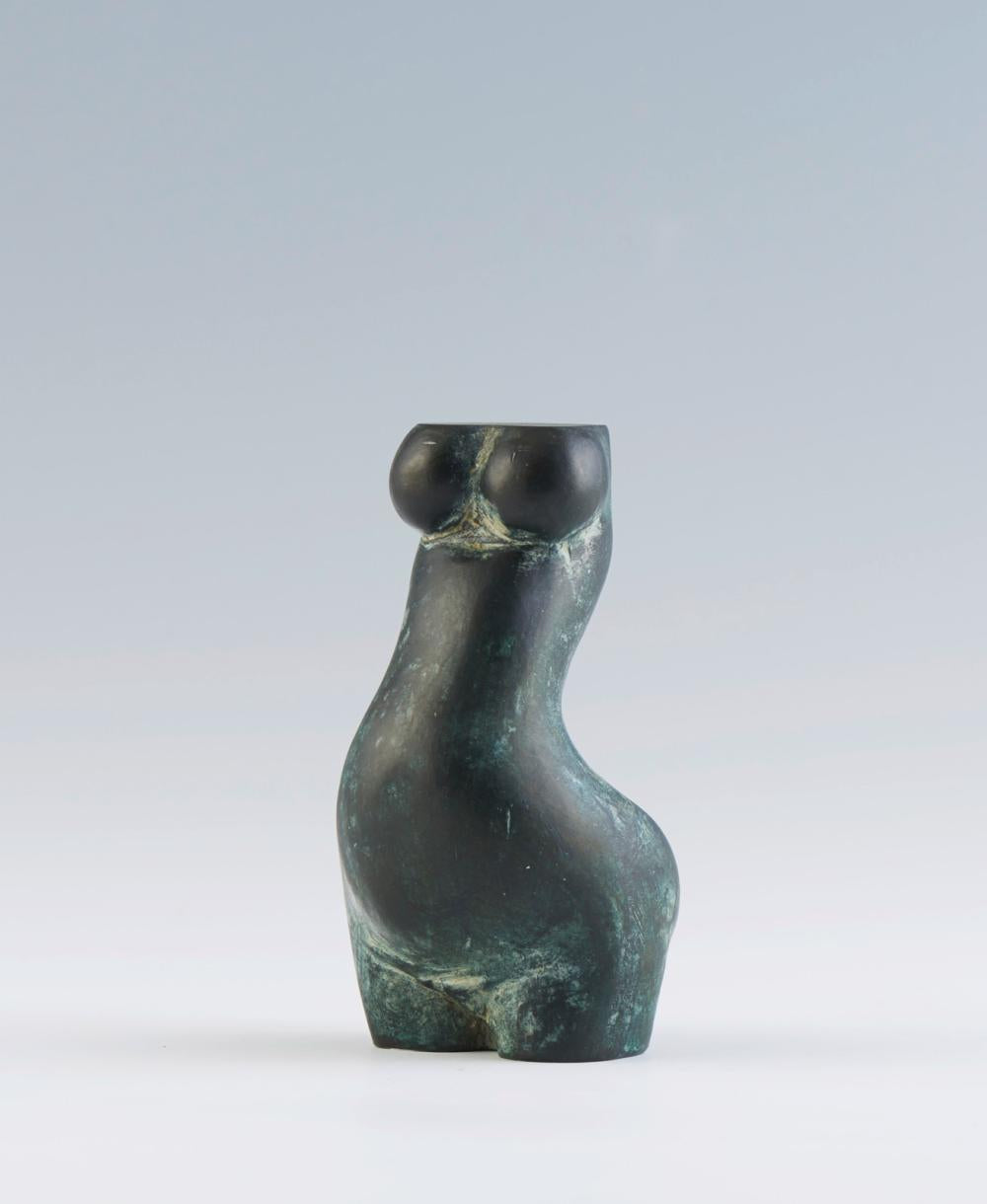
In 1985, the sculptor moved to Évora, where a good part of his multifaceted work ended up being exhibited in this city. "The daily contact with the things he produces allows him to systematically analyze what he is doing, the path to follow, what needs to be added or the excess to be removed, when he repeats a theme."
In 1988 Cutileiro held exhibitions in Lisbon, Macau and Almansil. In 1989, he exhibited again in Lisbon and Almansil and, in 1990, he decided to hold a retrospective of his art, through an ontological exhibition, held in Lisbon, at the Calouste Gulbenkian Foundation. In 1992 and 1993, João Cutileiro he again held more individual exhibitions, in Brussels, Almansil, Luxembourg, Évora, Lisbon, Guimarães and Lagos.Despite the sculptor having conquered an enviable place in the panorama of Portuguese sculpture and his works are now very coveted, after the production of "D.Sebastião", unfortunately there were very few monuments of João Cutileiro publicly erected. in fact, thehis marble works marked by experimentalism, eroticism, nature and national history, demonstrate the Portuguese public space. «Dom Sebastião de Lagos» (1973) and the monument to the 25th of April, at the top of Parque Eduardo VII, in Lisbon, are two sculptures that marked the artistic and political career of João Cutileiro. With a new vision of sculptural practice,João Cutileiro (1937-2021) marked the history of Portuguese art by transforming the artistic and cultural landscape of this country.
